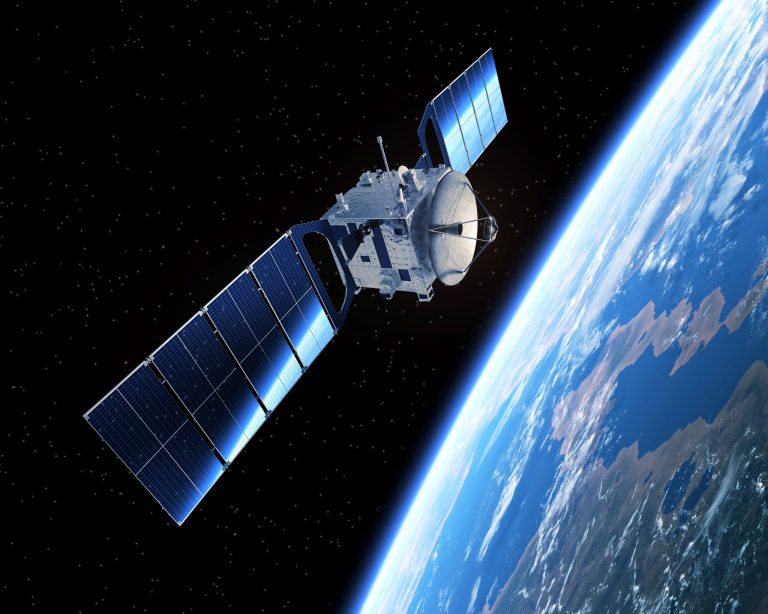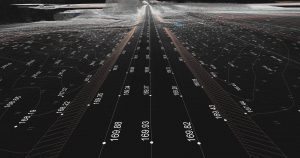Key Takeaways:
- A Space Optical Remote Sensing Payload is the part of a spacecraft designed to generate valuable data and transmit it back to Earth.
- This includes various imaging devices like panchromatic and multispectral sensors, LIDAR, and active optical sensors.
- These optical payloads also use advanced optics, such as adaptive optical instruments and laser communication systems, for faster and more reliable data transfer.
- At Avantier, we specialize in developing advanced optical components and systems to enhance the performance of these optical payloads.
The heart of a space mission is found in the space optical remote sensing payload. Whether the mission is focused on deep space exploration, science, weather, navigation, communications, or simply earth observations, the payload is where the action happens. Optical payloads have two special roles: they produce data and beam it back to Earth.
At Avantier, we specialize in custom high-performance optics, and that includes specialized optics made to order for use in space. In this article, we’ll delve into what is involved with advanced optical element development and advanced optical system design and manufacturing for space technology. First, though, just what is an optical payload?

What is a Space Optical Remote Sensing Payload?
In the old days of merchant ships, the revenue-generating cargo was denoted the ‘payload’; the purpose, as it were, of the entire journey. Today, the primary purpose of space vehicles is often not the movement of physical objects but the generation of new valuable information, information which can often be virtually beamed back to Earth. The payload, then, is the part of the spacecraft that produces data required by the mission and sends it back to Earth.
What does this mean, in practice? For one; the space optical remote sensing payload will include imaging apparatus. That may include anything from panchromatic sensors to multispectral sensors to Fourier transform spectrometer sensors to other types of imaging spectroscopy sensors, LIDAR, and active optical sensors.
But that’s not all. A space optical remote sensing payload can also use optics to beam information down from space. It turns out that laser enables much faster, more reliable transfer of data than traditional radio frequency communication. We call these communication payloads, and they are able to provide a surprisingly high level of communication. Adaptive optical instruments can recognize atmospheric variations and correct resulting signal distortions.

Advanced Optical Element Development
At Avantier, we have teams skilled in advanced optical element development who are working directly on next-generation detector technologies. There are also exciting things happening in the field of microlens arrays and freeform optics, as our engineers develop microlens arrays for increased light collection efficiency and miniaturization. We also design and manufacture freeform optics for complex optical paths and aberration correction in compact optical payloads. It’s innovation like this that enables you to take your satellite mission to the next level.
Can spectral analysis happen on-chip? It turns out the answer is yes— if your optics are integrated with microfluidics. This is another area of our areas of research. Microfluidic channels are promising in more than one way, and can also be used to manipulate light-matter interactions.

Advanced Optical System Design and Manufacturing
Space optical payloads require more than just routine, run-of the mill optical systems. We specialize in advanced optical system design, and that includes designing and manufacturing what are called active optical systems.
- Advanced Optical Design: Active optical alignment and correction mechanisms can be implemented to maintain precise optical performance in orbit. We are also skilled at developing adaptive optics systems to compensate for atmospheric turbulence and improve image quality.
- Hyperspectral Imaging: Hyperspectral imaging is a quickly growing field, and advances contribute to the miniaturization and spectral resolution improvement of hyperspectral sensors for broader applications. Our teams can help you explore on-board data processing techniques for real-time analysis of hyperspectral satellite data.
- Standardization and Commercialization: Customization is important, but it’s just as important to be able to participate in standardization of optical components. Interfaces for space-borne applications, for instance, is one area where you need various components to fit just right. At Avantier, we know all the standards like the back of our hand. Our teams can develop modular and scalable optical systems to cater to the growing demand for various space missions.
Optical Payloads and Space Optical Remote Sensing at Avantier
Today, more and more space engineers look to commercial providers to source key optical components and systems. Lowering costs is important, but a cheap off-the-shelf solution is probably not what you actually want. Avantier fills the ideal middle ground, offering affordable custom design and manufacturing for high performance space optics. Contact us today to schedule your first consult or chat about the possibilities open to you.
GREAT ARTICLE!
Share this article to gain insights from your connections!






